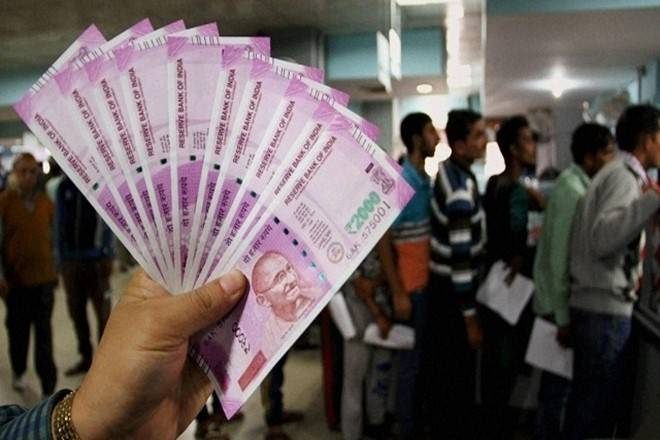In response to the CAG’s frequent assertion over the years that the finance ministry was not reporting the real fiscal numbers by resorting to off-budget financing—the CAG’s FRBM report of 2016-17 talks of this, for instance—or by simply deferring payments to FCI or even financing railway investments via IRFC borrowings, the finance ministry’s reply has been that these get captured in the government’s debt anyway, so there is no problem. More recently, when The Economic Times reported the CAG’s presentation to the 15th Finance Commission that said the real fiscal deficit for FY18 was 5.9% of GDP and not the 3.5% that the budget reported, the ministry repeated this in a clarification/letter to that newspaper. Indeed, when this newspaper repeated the exercise done by the CAG for FY18, it turned out that the real fiscal deficit for FY19 was 6.1% of GDP and not the 3.4% reported in the budget documents. So, for instance, FE added Rs 97,000 crore of borrowings done by the Power Finance Corporation and Rs 61,000 crore by NHAI to arrive at the actual deficit numbers for FY19; the finance ministry’s argument is that borrowings by public sector enterprises that are repaid from their own revenues can’t be considered EBR as they are not serviced from the government budget.
The finance ministry may well be correct in its assertions of what, technically, comprises the fiscal deficit and what does not—the FRBM Act, the finance ministry tells us, include extra-budgetary resources, or EBR, in the definition of debt but not of the fiscal deficit. But it is important not to get caught in technicalities. What is important is to look at what western economists call the Public Sector Borrowing Requirement, or the PSBR. The PSBR, which includes the central and state government borrowings as well as those of central PSUs—there is no consolidated data on state-owned PSUs—is really the money that, in a sense, is no longer available to the private sector as it has been taken away by the public sector. Indeed, despite the fiscal deficit being under control, in a broad sense, for several years, interest rates have not gone down for this very reason; bond markets look at the overall PSBR while forming their conclusions, not just the narrow fiscal deficit that the budget reports. So when the government says the fiscal deficit is under control while the EBR is rising, that is really obfuscation.
This PSBR, Sajjid Chinoy of JPMorgan estimates, was around 8.5-9% of GDP in both FY18 and FY19. While that is a large enough number on its own, when you contrast this with the size of financial savings that are available, it becomes even more worrying. According to RBI data, with household savings collapsing from 23% of GDP to 17% in recent years, and with financial savings at just around 7% of GDP right now, this means the larger government/public sector is taking all this—and more—and leaving the private sector with virtually nothing. Till such time that the government is going to keep funding itself in this extravagant manner, interest rates in the economy are not going to fall in any meaningful manner, never mind whether RBI makes more rate cuts or not.


